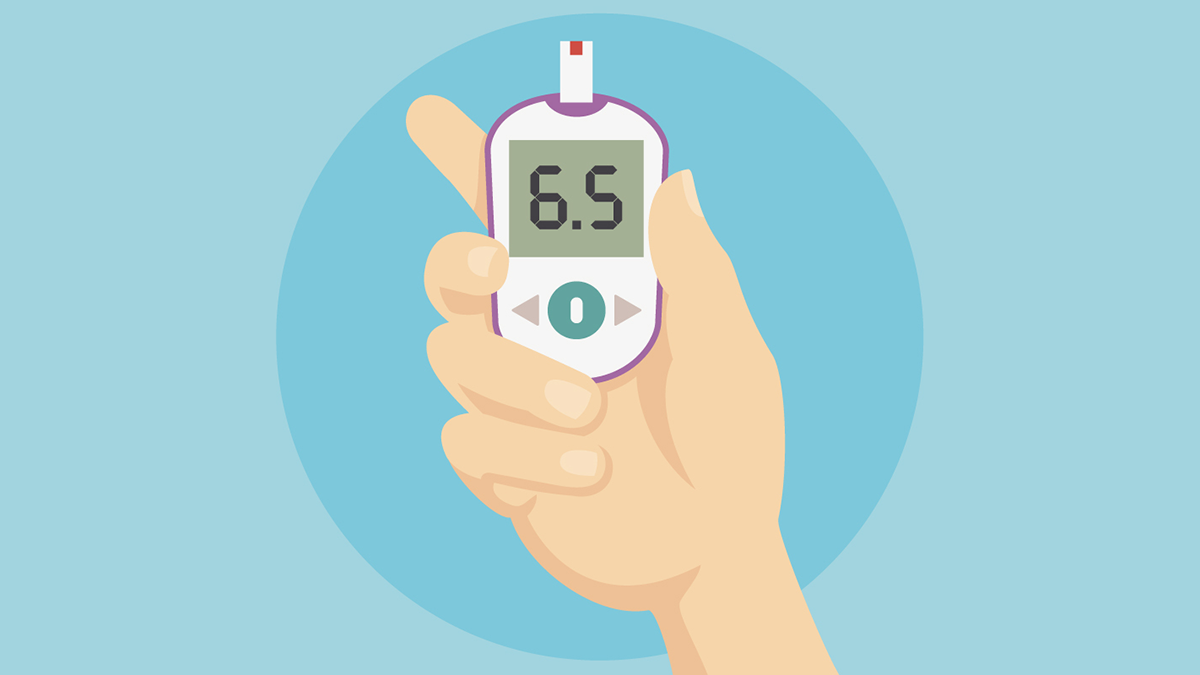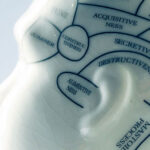Researchers at the University of California, San Francisco, developed a digital biomarker that operates within the camera of a smartphone for the detection of type 2 diabetes.
The study, published in Nature Medicine, may bring us one step closer to an at-home alternative to clinic-based diabetes screening tools. In some cases, the condition could be asymptomatic, making it difficult to diagnose. A smartphone-based test could facilitate a quicker diagnosis.
“The ability to detect a condition like diabetes that has so many severe health consequences using a painless, smartphone-based test raises so many possibilities,” said co-author of the study Geoffrey Tison.
The goal of such a tool would be to assist in identifying individuals with a higher risk of developing diabetes, thereby reducing the prevalence of undiagnosed diabetes.
In their new study, a smartphone’s built-in camera was used to detect and quantify vascular damage caused by diabetes. Using a mobile application, researchers analyzed approximately 3 million photoplethysmography (PPH) recordings from over 50,000 participants.
Using smartphone PPG signals, the data was inputted into a deep-learning algorithm to diagnose diabetes.
At the conclusion of the study, researchers determined that the algorithm accurately identified diabetes in over 80% of patients.
“A widely accessible smartphone-based tool like this could be used to identify and encourage individuals at higher risk of having prevalent diabetes to seek medical care and obtain a low-cost confirmatory test,” said co-author Jeffrey Olgin in a news release.
“The vision would be for a tool like this to assist in identifying people at higher risk of having diabetes, ultimately helping to decrease the prevalence of undiagnosed diabetes.”


